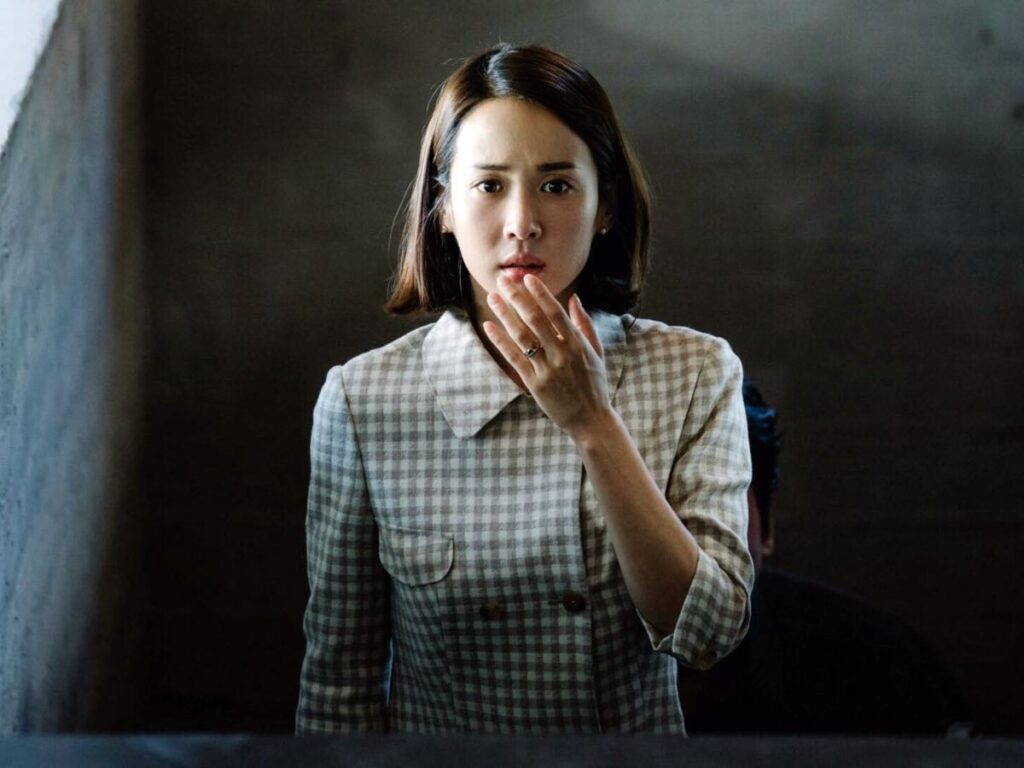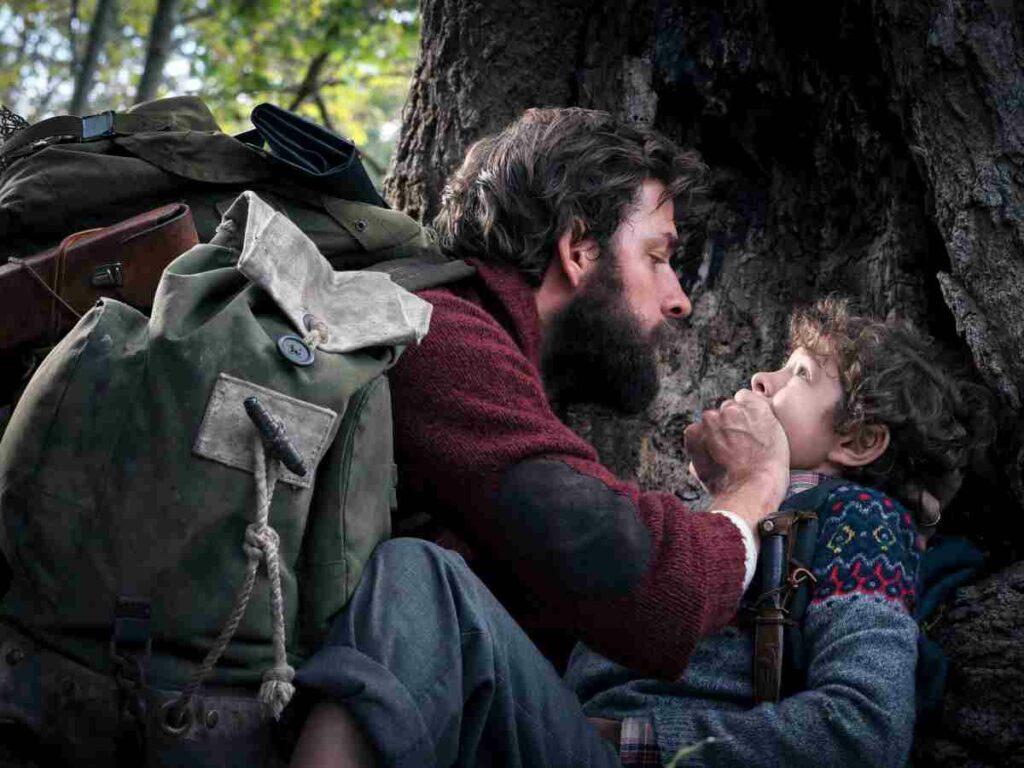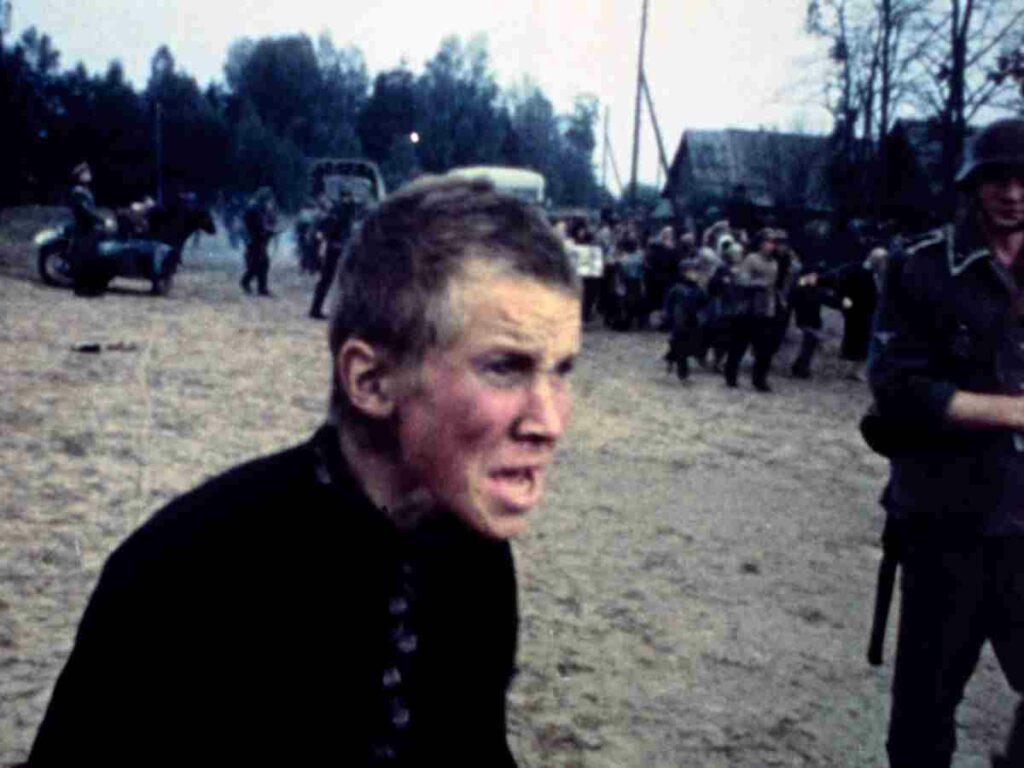Parasite was a groundbreaking film on many counts. Directed by Bong Joon-ho, it was the first non-English film to win Best Picture at the Academy Awards. In addition to critical acclaim at film awards like Golden Globes and BAFTA, it won four Oscars at the 92nd Academy Awards. The film revolves around the Kim family who con the wealthy Park family into hiring them, in order to make ends meet. The story is told with a focus on class hierarchies and inequity, further amplified by the cinematography of Hong Kyung-pyo. He was inspired by the films of Akira Kurosawa, such as High and Low (1963), evoking similar themes as well as camerawork to tell a story of class struggle.
Let’s take a look at how Kyung-pyo uses certain elements to create a mode of visual distinction in Parasite.
WATCH: 11 Stunning Examples of Visual Storytelling
Creating visual difference
One of the main themes of the film is the presence of a social hierarchy. The members of the Kim family are nearly destitute, living in a basement and doing odd jobs to support themselves. Our first introduction to them is framed similarly. The camera frames the windows of their basement, through which a congested street is visible. As it moves inward, following the son, Ki-Woo, we are shown the extent of their poverty as the camera follows the family through their cramped home in the semi-basement. The film utilizes cramped spaces and the straight lines of their basement to direct the viewer’s eye towards the limitations of their underground life.

As the action moves to the Park family house, the camera begins to feature more medium and wide shots as opposed to the close-ups that comprise the sequences of the Kim family house. The idea is to visually introduce the wealth and affluence of the Park family by combining free camera movements that showed off the vast house and emphasized their freedom vis-a-vis the Kim family’s confined quarters.
Bong Joon-ho was aware of the necessity to stage the story around the spaces of the Kim and Park family houses, especially the latter. While writing the script itself, he drew mock-ups of the house so that the production team could begin to work ahead on them. As a result, the two houses are framed with a special focus on spatial difference, best explored in the film through windows and stairways. In fact, the Park house is not an actual house, but rather an edifice constructed on to a set, with the second floor added in post-production entirely.
Light
The lighting, or the lack of it, is important in Parasite to create a composition that divides the rich from the poor. The Kims, for example, are framed in the dusty, squalid lighting of their semi basement home. There is not much natural light, and the windows do more to block the light in the room than to let it bring the characters into sharp focus. The framing of characters is through dirty walls and restricted alleys, featuring a lot of greys and muddy yellows.

But, as Ki-woo ventures into the upper-class world of the Parks, suddenly the unfocused composition gives way to bright, natural tones of wooden interiors and green lawns. As the housekeeper, Moon-gwang opens the door for him, we see a sliver of green bamboo swaying in the sunlight, before the door is opened even further and Ki-woo quite literally enters a different world. As he takes in the greenery around him, the camera swirls around him in a disorienting long take, displaying the wealth and opulence of their lifestyle.
Similarly, the lighting inside the Park family house is in similar tones of yellow, but it is decidedly warmer and focused. While the yellow used for the Kim family exacerbates the filth and the poverty that they live in by invoking the color’s associations with illness and toxicity, it’s the exact opposite for the Park family. The rich hues of yellow, mostly emphasized in the natural sunlight, lend an aura of happiness and prosperity.
Another motif associated with light that appears throughout the film is that of a flickering bulb. When the Kim family basement is flooded moments after their altercation with Geung-se, the lightbulb flickering over Ki-taek’s head adds to a sense of uncertainty. At the same moment, Geung-se desperately tries to escape the basement by switching the lights on and off in morse code to ask for help. This visual detail binds them together, establishing them as people who should express class solidarity in the face of astounding destitution.
Upstairs, Downstairs
Bong Joon-ho has called Parasite his “stairway film”, taking after the traditions of films that dealt with class divides by creating spatial differences. Downton Abbey, High Rise and Gosford Park are a few examples. But Joon-ho and Kyung-pyo came up with an entirely new way of denoting this divide by combining pre-existing motifs seen in a stairway film. Windows, stairways, camera angles and lines that are not to be crossed, as Mr. Park puts it, form the totality of Parasite’s cinematic language.
The windows of the Park and the Kim family are their entry points into the world. Where the Kim family can only see ordinary events going on from their basement window, the Park family have a lush view of their private lawn from their floor-to-ceiling window in the living room. The Kim family window is cramped and broken, obscuring more than it reveals, while the Park family window is majestic, a screen within a screen in its own right.

Stairways in the film serve as a vertical component to reinforce the idea of social mobility. Climbing upwards literally means climbing the social ladder, while the opposite means a descent into an abyss of nothingness. Kyung-pyo combines this with certain techniques from Kurosawa’s High and Low, where height is used as a visual cue for characters’ status. As the film opens, we begin by looking down on the members of the Kim family, particularly Ki-woo. But as he is appointed the tutor for the Park family, the perspective suddenly changes and we look up at him. The camera movements thus denote a false sense of social mobility, amplifying the themes of the film. The film returns to the motif of Ki-woo and Ki-Jung walking to the stairs as Mrs. Park trails behind to denote the gradual infiltration into the Park home.

Another component that reinforces the social divide is the adherence to lines in the frame. Characters with a wide gap of income/status between them are often framed in such a manner that visual lines place a clear gap between the two, making it all the more noticeable when someone “crosses the line”. The lines are usually in the form of furniture, walls or windows. The reveal of a line being crossed is also often accompanied by a slow pan around the characters, so as to emphasize a shift in tone and perspective. One of the most notable examples of this occurs when Ki-jung enquires about Da-song’s trauma to Mrs. Park. The camera pans around Ki–jung’s head as we come face to face with a horrified Mrs. Park.

I recommend watching this wonderful breakdown of Parasite’s cinematography by Thomas Flight.
Montages
Parasite has a total of 960 shots, which is not a lot when compared to the usual average of 1250. An important part of the visual storytelling in Parasite is the use of montages. The most prominent is the sequence where the Kims trigger Moon-gwang’s peach allergy to get her fired. And the second montage is in the form of the film’s ending, which ends with Ki-woo sitting in the same place in the basement where we started the film. Joon-ho has described this frame as a surefire kill, to leave no ambiguity in the audience’s mind regarding the ending of the film.
Montages are particularly effective here because it allows the story to progress in a manner that feels naturalistic, while providing a background for all the pieces set up previously to fall into space. The camerawork of the film is almost always in motion, with slow zooms and pans; a montage provides a welcome change of pace. It also assisted Kyung-pyo in consolidating the themes of the film in its visual medium. For example, as we witness the progression of the Kim family con, the montage pushes them together into the frame, implying solidarity.
Similarly, Ki-woo’s voiceover over the montage of his fantasy of buying the Park house and setting his father free is revealed to be a fantasy, and the film utilizes the same angles and framing of the first scene to convey that Ki-woo, and the Kim family are right back to square one.
Conclusion
Parasite is a rare film. Director Joon-ho and cinematographer Hong Kyung-po’s third collaboration (after Mother (2009) and Snowpiercer (2003)) has superb artistic control over all of its elements. The screenplay is beautifully enhanced by the cinematography, which is not just a mere way to relay the events of the film to us. Rather, the camera adds to every single detail of the plot, intensifying it tenfold. Each visual clue falls into place like a cunning puzzle constructed purely out of sound and sight. Kyong-ho’s cinematography turns Parasite into a rare cinematic gem where every frame serves the narrative, while adeptly capturing its underlying nuances.




